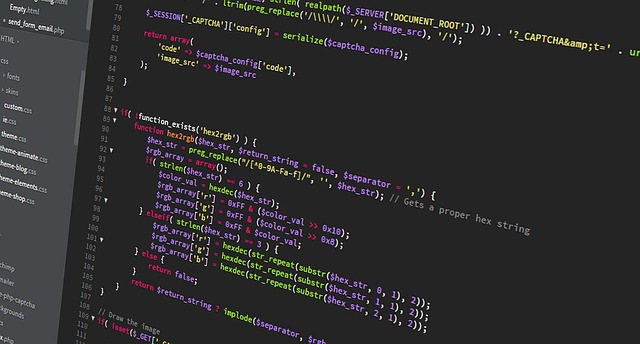How to Create a Code Editor in Vue
Vue is an open-source JavaScript framework for building user interfaces and single-page applications. It is a popular choice among developers who want to create web applications with an intuitive, easy-to-use UI and fast performance. With its unique features, Vue is an excellent choice for creating code editors.
In this article, we’ll walk you through how to create a code editor in Vue. We’ll cover the basics of the Vue framework and how to use the code editor component to create a code editor. We’ll also discuss how to customize the code editor to make it more user-friendly and efficient.
What is Vue?
Vue is a progressive JavaScript framework for building user interfaces and single-page applications. It was created by Evan You in 2014 and has become one of the most popular front-end frameworks. Vue is designed to be simple and easy to use, while also providing advanced features like reactive data binding, components, server-side rendering, and more.
Vue is built on top of the popular JavaScript library, React. React provides an abstract layer between the code and the DOM, making it easier to create complex web apps. Vue builds on this foundation and provides components, directives, and other features to make it easier to create interactive UIs.
Using the Code Editor Component
The code editor component is a core component of the Vue framework. It provides a simple and powerful way to create a code editor with syntax highlighting, autocomplete, and more.
The code editor component is easy to use and provides a wide range of customization options. You can customize the font size, theme, and syntax highlighting to make the code editor look and feel exactly as you want it to. You can also add plugins to extend the functionality of the code editor.
Customizing the Code Editor
Once you’ve created the code editor, you can start customizing it to meet your needs. The code editor component provides a range of customization options, including font size, theme, and syntax highlighting. You can also add plugins to extend the functionality of the code editor.
Customizing the font size is an important step when creating a code editor. The font size should be large enough to be easily readable, but small enough to fit the code in the available space. You can adjust the font size in the code editor’s settings.
The theme of the code editor is also important. The theme determines the colors of the code and can be customized to match the rest of the application. You can choose from a range of pre-built themes or create your own custom theme.
Syntax highlighting is also an important feature of a code editor. Syntax highlighting lets you easily identify different types of code, such as variables, functions, and classes. You can customize the syntax highlighting settings to match the language you’re using.
Adding plugins is another way to customize the code editor. Plugins are small programs that extend the functionality of the code editor. Examples of plugins include code completion, spell check, and code formatting. You can find a wide range of plugins in the Vue repository.
Conclusion
Creating a code editor in Vue is easy and straightforward. With its unique features and components, Vue makes it simple to create a code editor with syntax highlighting, autocomplete, and more. You can customize the code editor to make it more user-friendly and efficient by adjusting the font size, theme, syntax highlighting, and adding plugins. With the right setup, you can create a powerful code editor that meets your needs.









